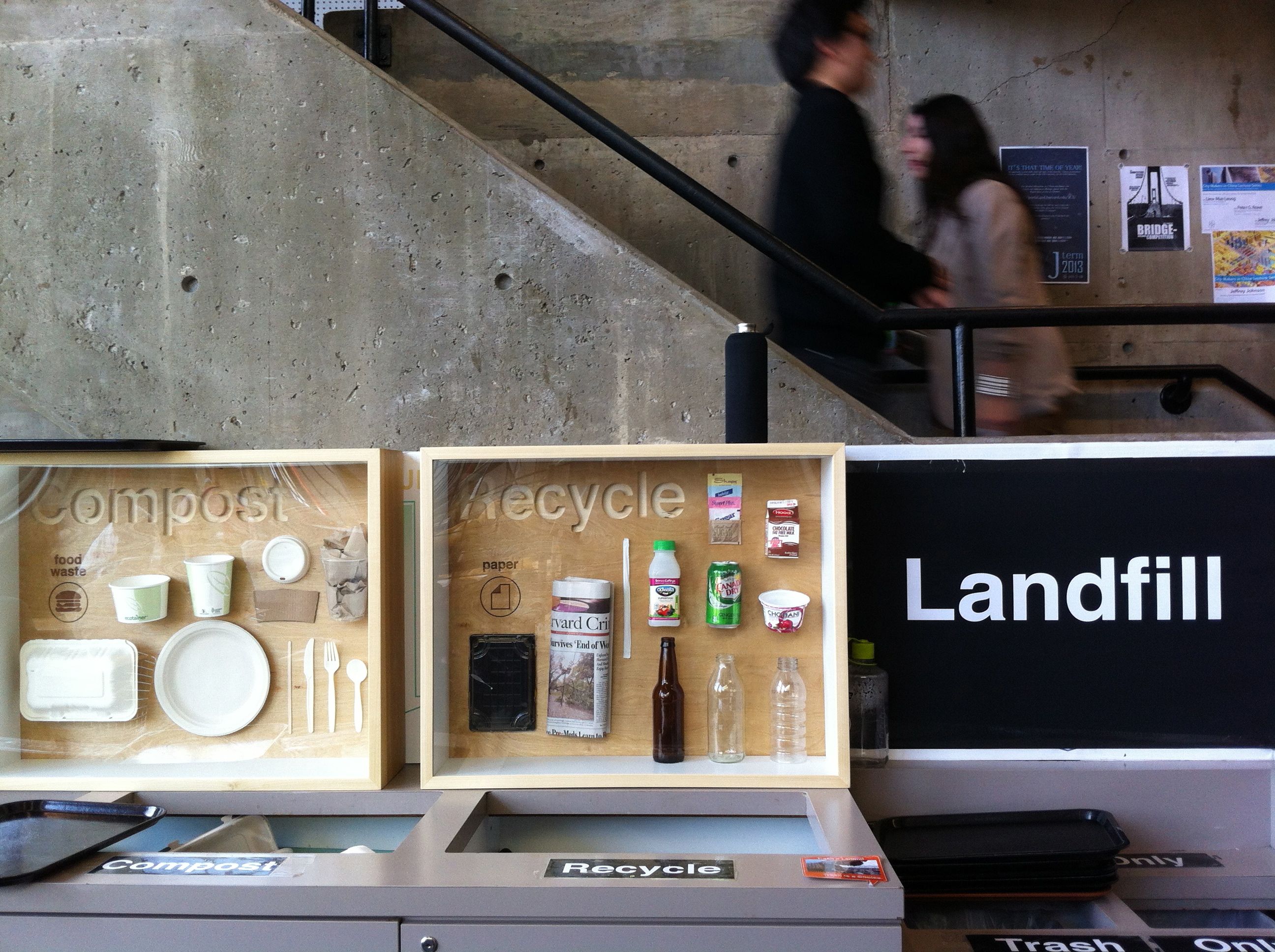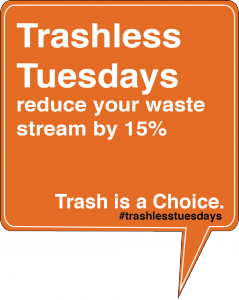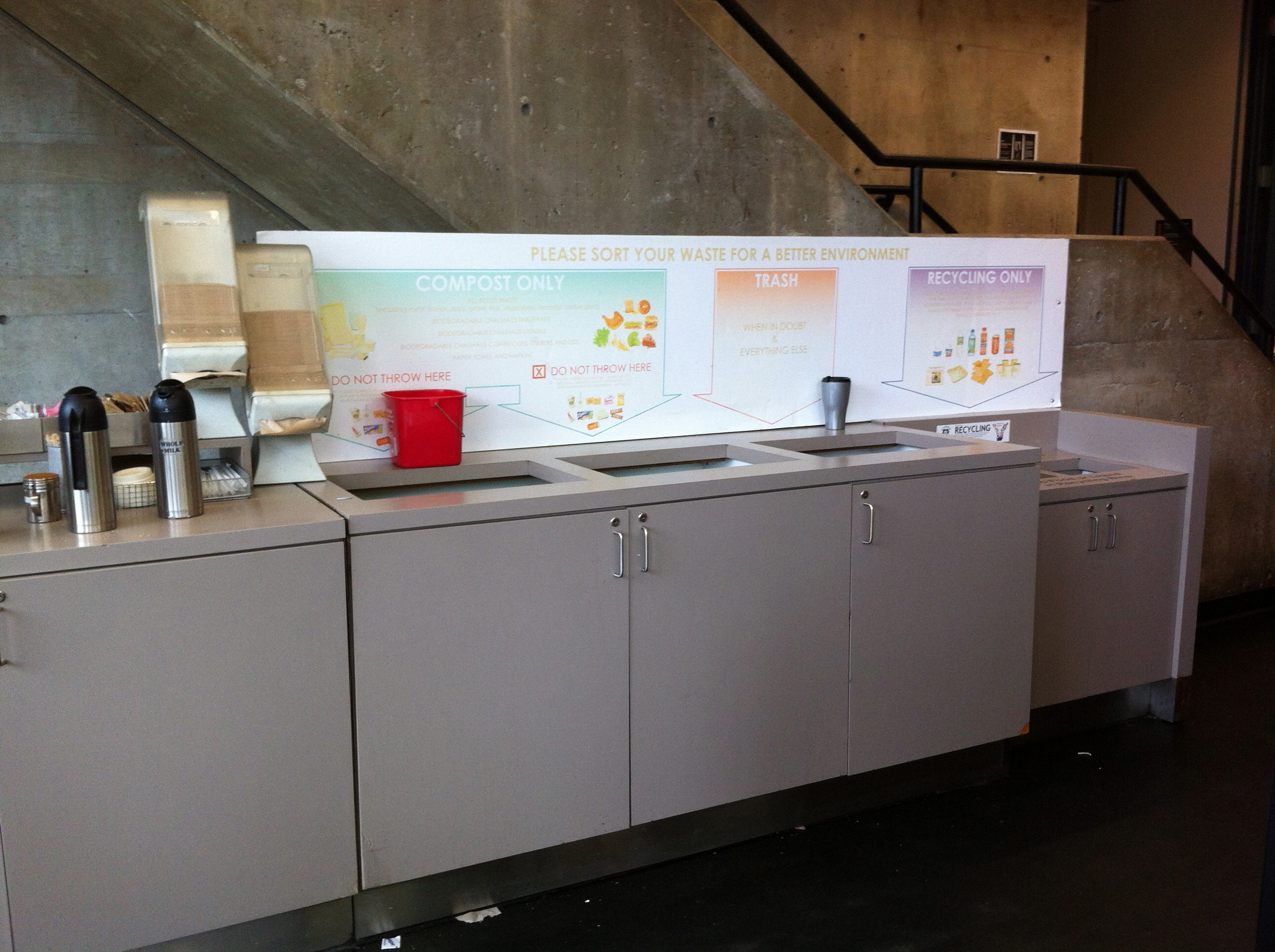Networked Urbanism
design thinking initiatives for a better urban life
apps awareness bahrain bike climate culture Death design digital donations economy education energy extreme Extreme climate funerals georeference GSD Harvard interaction Krystelle mapping market middle east mobility Network networkedurbanism nurra nurraempathy placemaking Public public space resources Responsivedesign social social market Space time time management ucjc visitor void waste water Ziyi
Posts by Westerhold, Josh
Our lives are filled with choices. From the rare and complicated to the mundane, we venture through life moving from decision to the next. Often we take our time to consider our options, choosing the path that provides maximum utility; however, many of our decisions are made with little thought to cost or consequence. When taken alone these decisions can be overlooked, but if these decisions reveal a pattern across a community they magnify into material harm. Trashy Behavior is a project determined to shift trash choices toward more sustainable solutions and improve our world, a community at a time.
When I began this project, I was interested in investigating these individual decisions that create a network of consequence in our cities. By bringing together urban planning and design with the field of Behavior Science I believed I could identify a specific moment of individual choice that is replicated often enough that any shift in behavior could have a material impact. With the guidance of two behavioral scientists, Todd Rogers and Erin Frey, I began considering moments such as commuting choice, shopping behavior and digital mapping; however a daily interaction with a public display of bad design took me in an unexpected path.
In Chauhaus, our cafeteria at the GSD, I noticed how difficult it was to decide where to throw my trash. The large, public trash station seemed designed with proper sorting in mind, but had little understanding of behavior. The signage was a confusing mess of small images including both what does and does not go in each bin. Conversations with my peers confirmed that I wasn’t alone in my confusion, so I decided to observe the pattern for scientifically. After indiscreetly filming the trash station during several lunch rushes, I was not surprised to see person after person showing signs of confusion. A 2010 waste audit at the GSD confirmed my suspicion that when people are confused, they default to the easiest option, the trash bin. Here was my opportunity to test my theory that relatively small interventions could scale across a community for noticeable change.
Knowing little about waste I sought out the expertise of Robert Gogan, the director of Recycling and Waste Services at Harvard as well as Trevor O’Brien, GSD Building Services at member of the Harvard Green Team. Realizing that I could not intervene without a personal understanding of my own habits, I created a commitment device known as Trashless Tuesdays. Similar to Meatless Mondays, my goal was to stop producing trash at least one day a week, a 15% reduction in my own waste footprint. I then created a plan for intervention and scheduled a new waste audit to test our results. The most obvious intervention was to redesign the trash station at Chauhaus. I did this by simplifying the display to show only what went in the Recycle and Compost bins and attaching the negative association of the giant word “Landfill” to the trash bin. However, I also knew that a significant amount of trash was improperly disposed of in the rest of the building, away from the Chauhaus trash station. To shift this behavior I decided on a public awareness campaign of stickers placed in conspicuous locations around the GSD. Using behavioral techniques such as anchoring, social norms, and self-perception theory these stickers were intended to prompt conversation and awareness. Each of the stickers included the message “Trash is a Choice” along with the twitter hash tag, #trashlesstuesdays, in the hope that this might translate into a digital conversation as well.
The week of rollout I recorded the lunch rush at the Chauhaus station and saw a more efficient use of the station. I also scheduled conducted a waste audit in the Pit at the GSD. This very public display of our trash was met with conversation and even outright consternation. Despite this being the trash produced by our community in the GSD, this was now a “biohazard”. The audit served its purpose as public shaming and performance art as crowds stood around watching their peers dressed like lab technicians dig through and resort their trash. The interventions were successful in producing a material behavior change, as we saw a 40% increase in composting accuracy and a 140% increase in recycling accuracy!
It is certainly a success to have this kind of behavior change in a controlled environment, but how can we impact trashy behavior more universally. One option I have begun to consider looks at the 100 million tons of building and construction materials we throw in landfills every year. Taking a cue from the shadow boxes at Chauhaus, what if we knew what was in every building and whether it was recyclable or reusable before demolition? How could this impact the behavior of the development and building trades? Could we create a more efficient market for these products and shift global behavior away from disposable materials to reuse? I don’t know the answers yet, but my experience this semester gives me reason to hope that with simple interventions our behavior doesn’t have to be so trashy.
Every day we are confronted with choices about where to dispose of the waste our lives produce. Trashy Behavior has sought to both improve our decision making around trash disposal as well as prompt a conversation that leads to decrease waste production in general. Through design interventions such as the trash display in Chauhaus shown above as well as small messages strategically placed around Gund Hall I set out to shift behavior at the GSD. On Friday, November 16th together with several volunteers from the GSD community I conducted a waste audit to see what improvements we were able to make. Since the last wast audit in 2010, we saw significant increases in both composting and recycling accuracy (more of our compostable/recyclable materials were actually getting composted/recycled).
The lessons I have taken from this work have inspired me to look at more trashy behavior, particularly in the built environment. With upwards of 100 million tons of construction and demolition waste ending up in landfills every year, there is a significant opportunity to improve design and access to information. I plan to work on solving at least one small part of this challenge as I move forward.
The average American throws away 4.5 lbs of trash every day. Added together, that’s the same weight as 2.3 million Boeing 747 jets every year just in the U.S. Trash disposal has been proven to be harmful to environment, costs billions of dollars in taxes, and disproportionately impacts poor communities surrounding landfills and incenerators.
Trashless Tuesdays is a public awareness and public commitment campaign that aims to reduce the amount of waste going into our landfills and, through incenerators, into our atmosphere. If every American committed to produce zero trash just one day a week that would mean over 50 BILLION pounds of trash diverted from landfills each year. And the added benefit is that once people start paying attention to their waste stream even just once a week, research shows that they will continue to pay attention and change their consumption and waste disposal choices the rest of the week as well.
So here’s how it works:
1. Go to http://www.ipetitions.com/petition/trashlesstuesdays/ to sign the Trashless Tuesdays petition as a sign of your public commitment and to see which of your friends, neighbors, countrymen are also signing.
2. Starting this coming Tuesday, eliminate all trash from your day. You can compost. You can recycle. But avoid the landfill.
3. Some helpful hints: think ahead, bring your lunch, use non-disposable coffee mugs, water bottles, plates, and utensils, use cloth towels instead of paper towels, and pay attention whenever you buy a food or product to whether the packaging is destined for the landfill.
4. Document your experience, tell your friends, and join the conversation on Facebook and Twitter (#trashlesstuesdays).
5. Have fun with it.
Think Big: The cost of waste, both financial and environmental, on our cities is enormous. While the market has produced some solutions in terms of automated sorting for single stream recycling and composting farms, the largest challenge still exists at the moment of disposal. When you or I decide to throw something away where do we throw it? Do we litter? Do we properly compost or recycle? More often than not, even when we want to do the right thing we often carelessly dispose of our waste. I believe that a combination of poor design, entrenched habits, and a lack of awareness contribute to these individual behaviors. I am seeking to change what appear to be small moments in our everyday life in a way that can scale up to significantly impact our urban environments.
Start Small: My initial target is Chauhaus, the dining room at Gund Hall. After experiencing my own fits of misunderstanding every time I threw something away I began talking to other members of the GSD community and found that nearly everyone finds this setup confusing. I plan to change this through one (or more) design and behavior interventions. I am currently assessing a handful of options but plan to implement them as soon as is feasible.
Act Now: I have met with a combination of “trash” people and “behavior” people so far, including Trevor O’Brien of GSD Building Services and Erin Frey (PhD candidate) and Professor Todd Rogers at the Kennedy School. I have a meeting scheduled for Friday morning with Rob Gogan, the department head for Recycling and Waste Services at Harvard. I have also begun filming the trash area from above during lunch times to determine the scope of the problem and establish a baseline to compare to after my intervention.
I speak French as well as James speaks Spanish, but I think you’ll get the point of this video.
I meant to post this a while back but forgot. This is a great example of how a small intervention can have a great impact and also be fun. Be sure to check out more examples at http://www.thefuntheory.com.
This is a great. Andrew – wanna put Menino’s face on some bike lanes?



